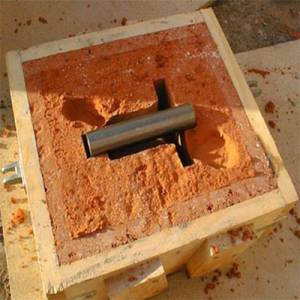
Sand casting is a time-tested and versatile metal casting process ideal for creating a wide variety of metal parts, from intricate components to large-scale structures. This process offers significant advantages in terms of cost-effectiveness, design flexibility, and material versatility, making it a cornerstone of numerous industries.
Process Overview:
Sand casting involves creating a mold using sand, typically a silica-based material, mixed with a binding agent. The process generally follows these steps:
Advantages of Sand Casting:
Limitations of Sand Casting:
Applications:
Sand casting is used extensively across various industries, including: